Australian Open
As this Australian Open will show, once again, tennis doesn’t need any single player to make it viable, or make a Slam successful
By Jan 18, 2022Australian Open
Roger Federer to headline “Battle of the World No.1s” at Australian Open’s inaugural Opening Ceremony
By Dec 11, 2025Australian Open
Australia at Last: Reflections on a first trip to the AO
By Jan 29, 2025Australian Open
Alexander Zverev must elevate his game when it most counts—and keep it there
By Jan 27, 2025Australian Open
Jannik Sinner draws Novak Djokovic comparisons from Alexander Zverev after Australian Open final
By Jan 26, 2025Australian Open
Alexander Zverev left to say "I'm just not good enough" as Jannik Sinner retains Australian Open title
By Jan 26, 2025Australian Open
Jannik Sinner is now 3-0 in Grand Slam finals after winning second Australian Open title
By Jan 26, 2025Australian Open
Taylor Townsend and Katerina Siniakova win second women's doubles major together at the Australian Open
By Jan 26, 2025Australian Open
Madison Keys wins her first Grand Slam title at Australian Open by caring a little bit less
By Jan 25, 2025Australian Open
Henry Patten, Harri Heliovaara shrug off contentious first set to win Australian Open doubles title
By Jan 25, 2025As this Australian Open will show, once again, tennis doesn’t need any single player to make it viable, or make a Slam successful
A look at the first two days in Melbourne, as controversy receded and the story of its major tournament began to take shape.
Published Jan 18, 2022
Advertising
Advertising
Advertising
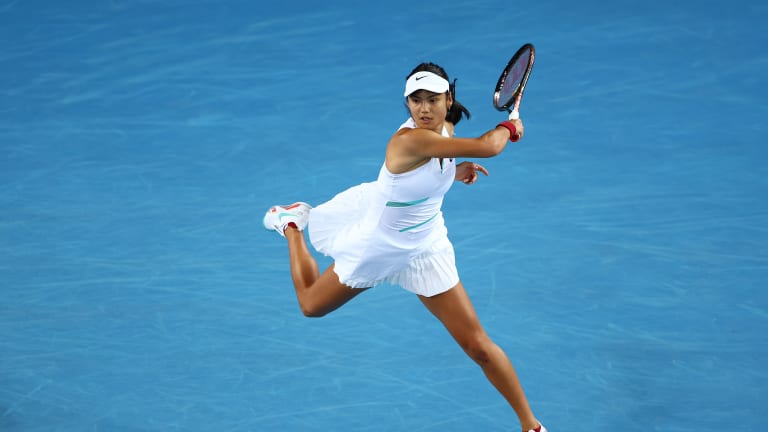
Emma Raducanu will be one of the tournament's brightest stars.
© Getty Images
Advertising
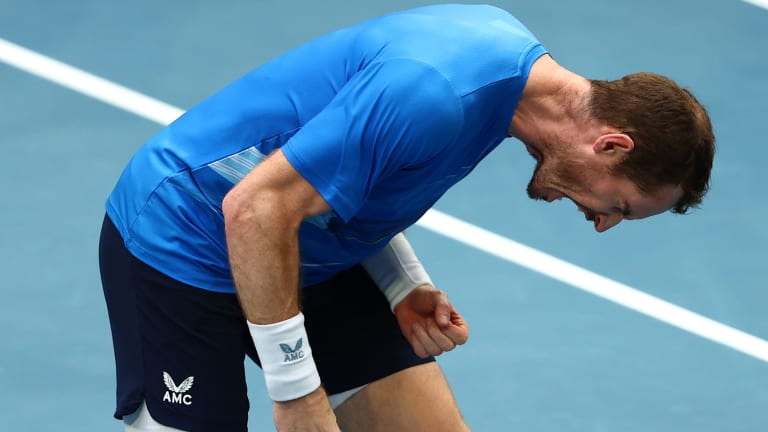
A victory in the second round would likely propel Murray back inside the Top 100.
© Getty Images
Advertising
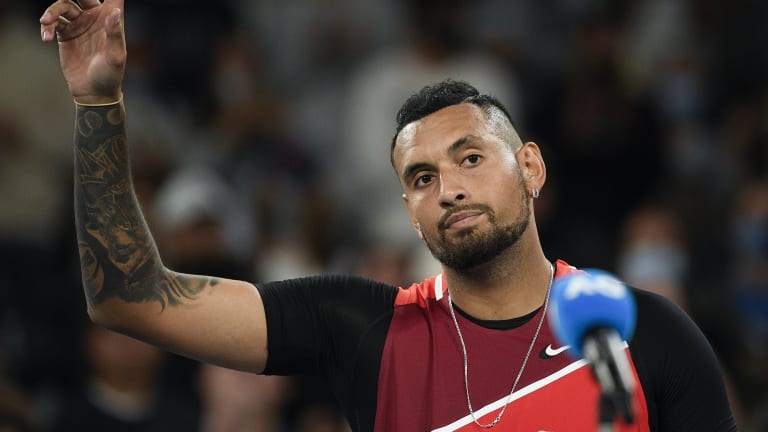
The forthcoming Nick Kyrgios and Daniil Medvedev match will be fascinating.
© Copyright 2022 The Associated Press. All rights reserved
Advertising
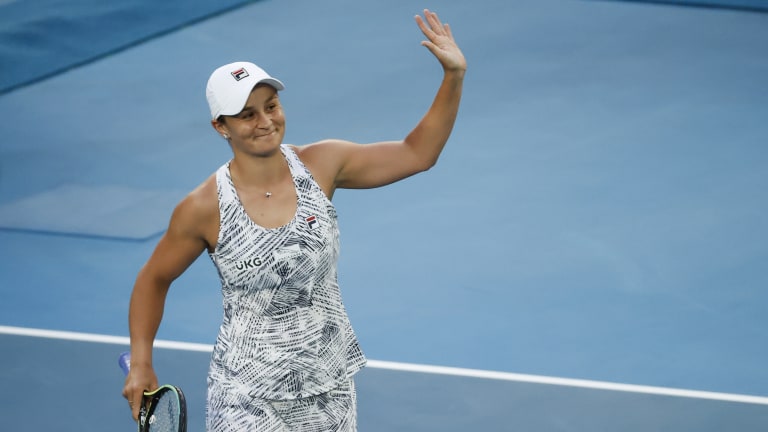
Ash Barty's quest for a first Australian Open title will be one of the stories of the fortnight.
© Copyright 2022 The Associated Press. All rights reserved
Advertising
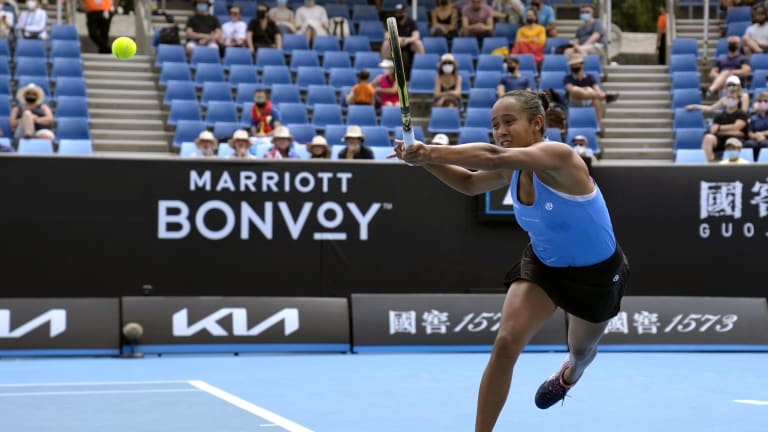
Leylah Fernandez is out, but the major moves on.
© Copyright 2022 The Associated Press. All rights reserved